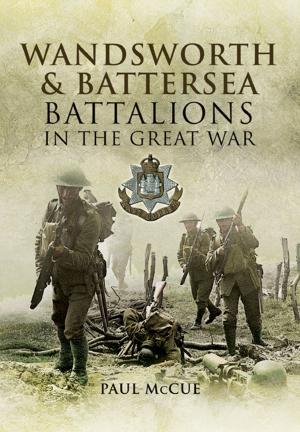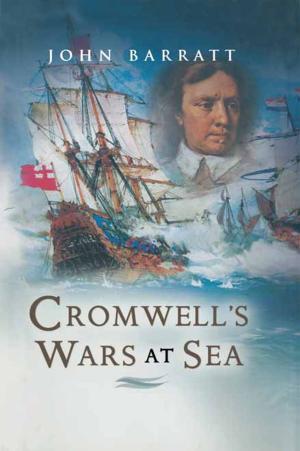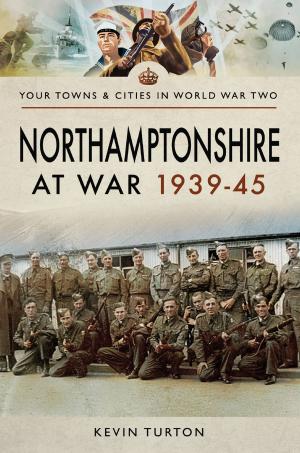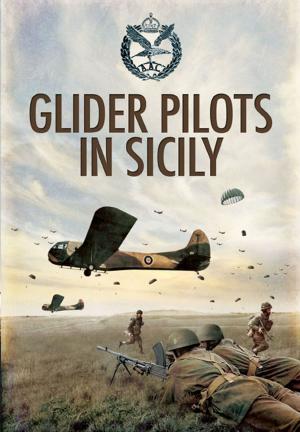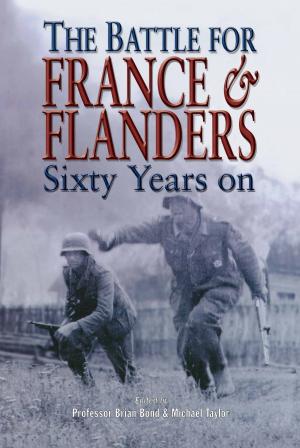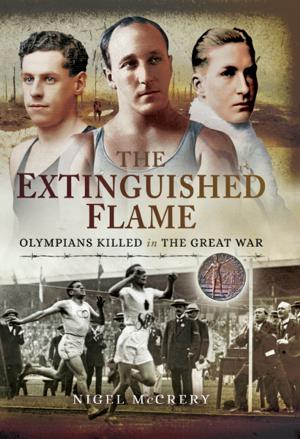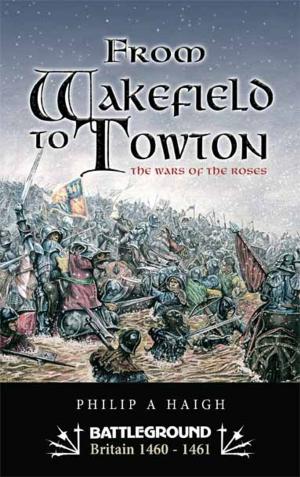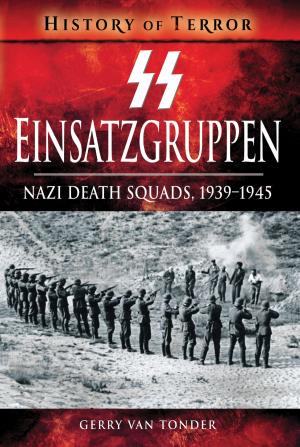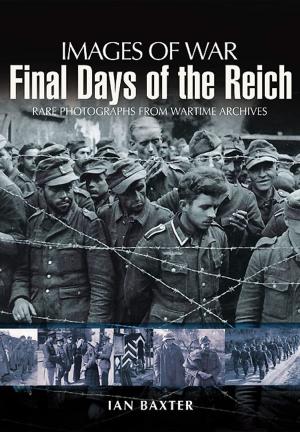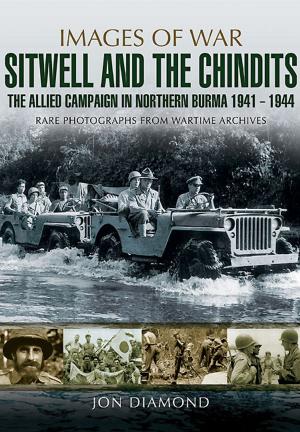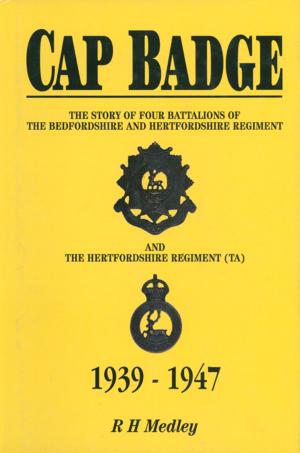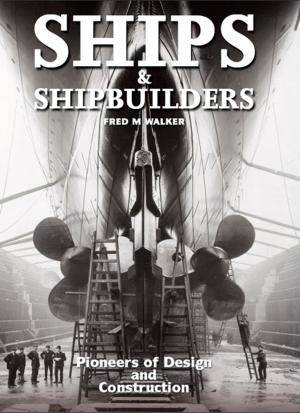| Author: | Barnaby Blacker | ISBN: | 9781473818613 |
| Publisher: | Pen and Sword | Publication: | August 17, 2006 |
| Imprint: | Pen and Sword Military | Language: | English |
| Author: | Barnaby Blacker |
| ISBN: | 9781473818613 |
| Publisher: | Pen and Sword |
| Publication: | August 17, 2006 |
| Imprint: | Pen and Sword Military |
| Language: | English |
Stewart Blacker was a remarkable figure. His inventions were used with significant effect both in WW1 and WW2. Most notable of these was the synchronised machine gun, attached to fighter planes that could fire through the propeller. He also designed the PIAT anti tank weapon which was used with dramatic effect during WW2, from Normandy until the end of the war. The book argues that with less obstruction from officialdom, the PIAT could have been ready at the start of the war to stop Blitzkreig in its tracks.
As an aviation pioneer, flying (and crashing) planes soon after the Wright Brothers, he found himself in charge his Majesty’s Air Force at the outset of WW1. Later after having seen the awful slaughter occurring in the trenches and feeling guilty he had chosen the easy option, he joined up with his old regiment and fought at Neuve Chapelle until he was injured in 1917. During the interwar years he continued to fly and develop weapons and was the first man to fly over the top of Everest.
Stewart Blacker was a remarkable figure. His inventions were used with significant effect both in WW1 and WW2. Most notable of these was the synchronised machine gun, attached to fighter planes that could fire through the propeller. He also designed the PIAT anti tank weapon which was used with dramatic effect during WW2, from Normandy until the end of the war. The book argues that with less obstruction from officialdom, the PIAT could have been ready at the start of the war to stop Blitzkreig in its tracks.
As an aviation pioneer, flying (and crashing) planes soon after the Wright Brothers, he found himself in charge his Majesty’s Air Force at the outset of WW1. Later after having seen the awful slaughter occurring in the trenches and feeling guilty he had chosen the easy option, he joined up with his old regiment and fought at Neuve Chapelle until he was injured in 1917. During the interwar years he continued to fly and develop weapons and was the first man to fly over the top of Everest.

